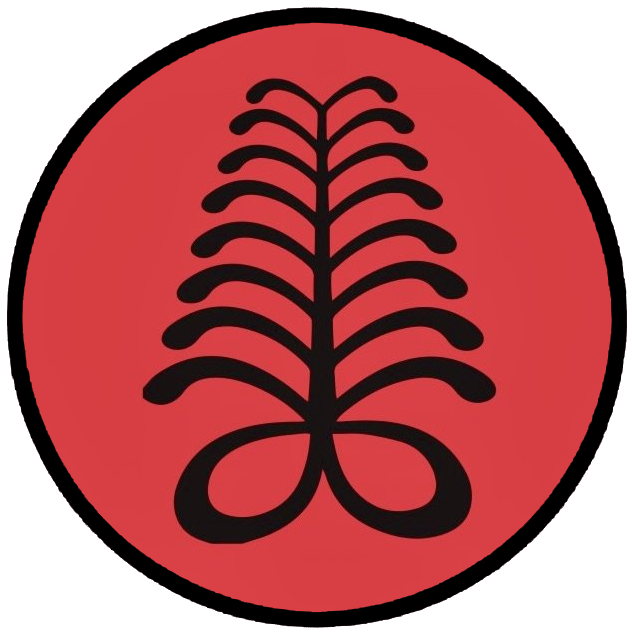Refining Your Training- by Sue Aquila
At the end of every year, the CFO for my business and I have “the talk.” What worked? What didn’t? Where do I need to improve? Once you have a finished profit and loss statement, it is a very straightforward conversation. As the owner and president, it is my performance review.
When I finish a triathlon season, I have a similar analysis about my performance. This year ended up very positive with the only change being “more of the same.” As I enter my season, my training involves changes in millimeters rather than kilometers. I am motivated.
As I refine my training, I am finding some of my millimeters in the science of exercise. I read the writing and research of some very bright people: Dr. Asker Jeukendrop, Joe Friel, Alex Hutchinson, Tim Ferriss, Dr. Ross Tucker and Dr. Jack Raglin (the list could go on...). This year I am applying some of their knowledge in the following ways:
Hydration: I now drink to thirst. When I started the sport, I drank based on elapsed time. I was the perfect recipe for hyponatremia (slow and over hydrated). Research now shows that the best hydration technique is to listen to your thirst.
Nutrition: Dr. Jeukendrop’s research has had a tremendous effect on my nutrition choices. When I am time-trialing or testing on the bike I swig a small gulp of Gatorade in my mouth to improve my performance. When racing long, I target 60 grams of mixed (maltodextrin, fructose, glucose, etc.) carbohydrates every hour. I have to implement and practice this in my training to prepare my stomach to digest it in a race. A few times per week I train low (no food before an early morning workout) but the results are mixed and can have negative implications for subsequent workouts.
Compression: I don’t wear compression socks to run. I have yet to see a study that shows they improve performance. There is slim evidence that they help with recovery. During big weeks, I embrace high fashion wearing compression after my run.
Inflammation: Inflammation at one point was bad but now is starting to be viewed as an important part of compensation from training. I avoid NSAIDs in general and have been known to spend time in the hot tub (10 minutes) after a cold run.
Supplements: I stopped taking a multivitamin years ago because of nausea. It turned out that it wasn’t a bad thing. Some longitudinal studies now question whether the effects of vitamins are detrimental. I take vitamin D (due to a blood test showing low levels), omega 3 (helpful for asthmatics) and iron (due to a blood test showing low levels). I know of no other legal supplement at this time that provides a significant performance benefit.
Strength: As a woman in her masters career who enjoys going long, I found at the end of last season that my muscle mass had declined greatly. To maintain the level of health I desire at 80, I need to preserve as much muscle mass as possible now. I lift two times per week from moderate to light. This winter I went strong and I think the benefits will show this season on the bike.
Equipment: I loved my five year old tri bike. I loved it so much it may have cost me a slot to Kona. After a family intervention, I have embraced a new machine that is aero and light. I even purchased an aero helmet for shorter races.
Warming Up: Short races require much more intense warm ups. I think of it as shocking my heart/priming the system to perform. I complete this 10 minutes before my race starts.
Caffeine: I continue to refine my performance with caffeine. I have learned that it is not helpful before the swim. I need to be calm and focused. The side effects of caffeine can contribute to water panic. After the swim I apply my caffeine protocol with great success.
Endurance training and heart damage: Dr. Larry Creswell does a great service by analyzing and explaining the current heart studies. My own take is that the person I was before endurance training was at a much higher risk of illness and death than the endurance athlete I am now.
I left out the actual studies above because I wanted this to be informative rather than overwhelming. If you have a chance, follow some of the people listed above (blogs, Twitter). They do a great service bringing the data to the masses.
Find your millimeters...
